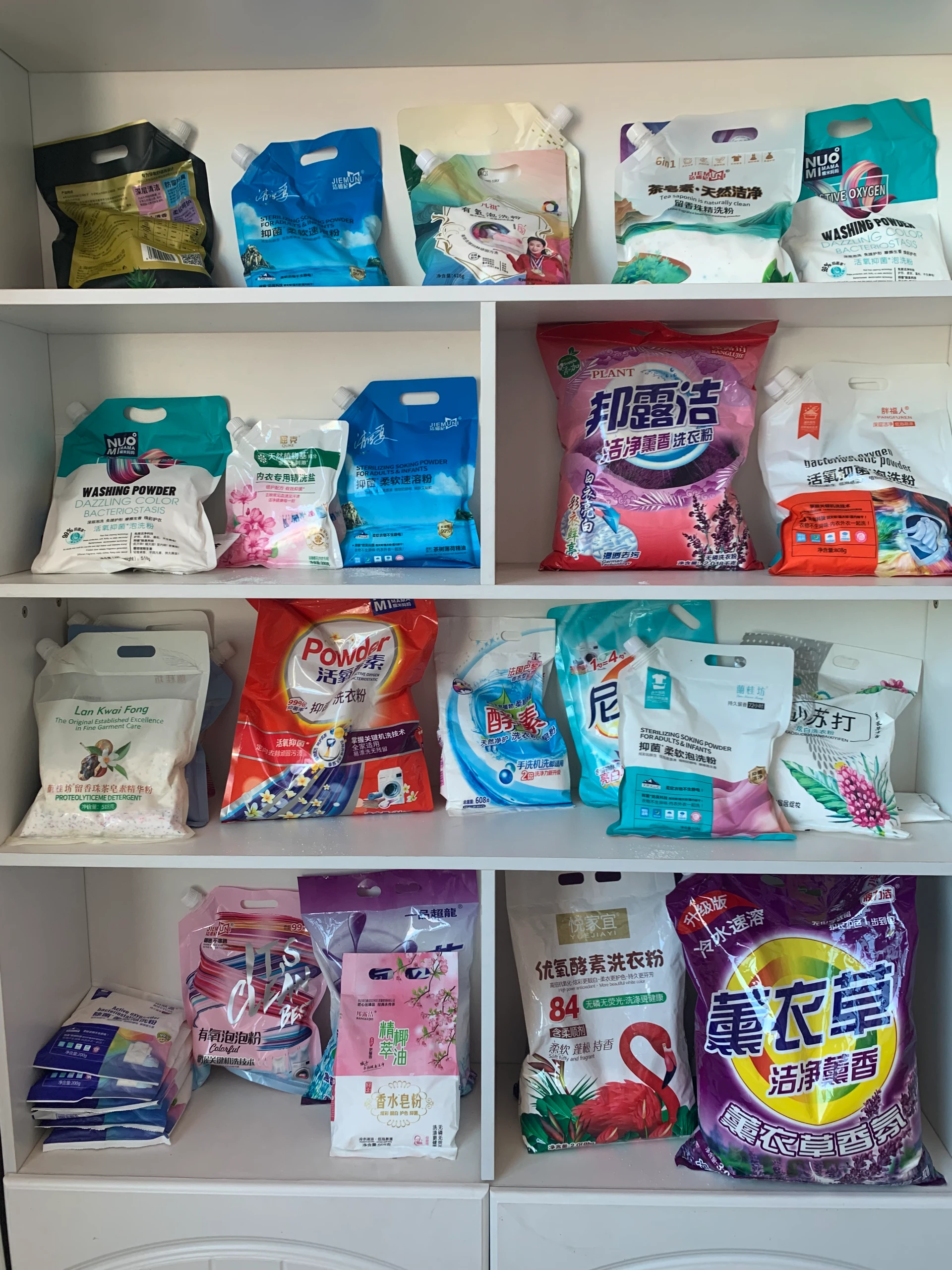



lead oxide
Understanding Lead Oxide Properties, Applications, and Environmental Impact
Lead oxide is a chemical compound that plays a pivotal role in various industrial applications, particularly in the production of lead-acid batteries, glass, and ceramics. Its unique properties make it an essential material across numerous sectors. In this article, we will delve into the characteristics of lead oxide, explore its applications, and discuss its environmental implications.
Properties of Lead Oxide
Lead oxide can exist in several forms, the most common being lead(II) oxide (PbO), lead(IV) oxide (PbO2), and red lead oxide (Pb3O4). Each form has distinct physical and chemical properties that make it suitable for different uses.
1. Lead(II) Oxide (PbO) This form appears as a yellow to red powder and is used primarily in the manufacturing of glass and ceramics. PbO has a high melting point and is notable for its ability to enhance the optical properties of glass, making it clearer and more lustrous.
2. Lead(IV) Oxide (PbO2) This form is a brownish-black solid that is notoriously used in lead-acid batteries. PbO2 is a powerful oxidizing agent, which allows it to facilitate the electrochemical reactions necessary for the battery's operation.
3. Red Lead Oxide (Pb3O4) This variant is a bright red pigment used in paints and coatings. Its vibrant color, combined with its corrosion-resistant properties, makes it a preferred choice in protective coatings for metal surfaces.
Applications of Lead Oxide
Lead oxide’s applications are diverse and far-reaching. The most significant use is in the production of lead-acid batteries, which power a variety of devices, from automotive batteries to backup power systems for renewable energy sources. In these batteries, lead dioxide serves as the positive plate, while lead(II) oxide makes up the negative plate. The energy storage capacity and rechargeability of these batteries have led them to dominate the market for energy storage solutions.
lead oxide

Moreover, lead oxide is essential in the glass and ceramics industries. It is utilized in the production of lead glass, or crystal glass, which is renowned for its transparency and brilliance. Lead oxide enhances the refractive index of the glass, making it ideal for fine glassware and optical lenses.
In the realm of pigments, red lead oxide plays a crucial role. It is widely used in paints, primers, and coatings due to its ability to resist corrosion and UV light degradation. Its bright color not only provides aesthetic appeal but also contributes to the durability of the materials it coats.
Environmental Impact
While lead oxide is indispensable for many industries, it comes with significant environmental and health concerns. Lead is a toxic heavy metal that can have profound effects on human health, particularly in children, affecting cognitive development and causing various neurological issues. Therefore, the handling and disposal of lead oxide must be managed with utmost care.
Regulatory bodies across the globe, including the Environmental Protection Agency (EPA) in the United States, have stringent guidelines regarding the use and disposal of lead compounds. Industries must implement safety measures to reduce lead exposure and properly manage waste to prevent contamination of soil and water resources.
The growing emphasis on sustainability and green chemistry is prompting industries to seek alternatives to lead oxide and lead-acid batteries. Researchers are exploring lithium-ion and other battery technologies that can provide similar benefits without the associated risks of lead toxicity.
Conclusion
In summary, lead oxide is a multifaceted compound that is crucial in various industries, particularly in battery production and materials manufacturing. Its unique properties allow it to enhance product performance, but the environmental and health hazards associated with lead necessitate careful management and alternative exploration. As technology progresses, the industry must strive for safe and sustainable practices, ensuring that the benefits of lead oxide can be enjoyed without compromising public health and environmental integrity. Through responsible use and innovation, we can harness the advantages of this compound while minimizing its risks.
-
Why Sodium Persulfate Is Everywhere NowNewsJul.07,2025
-
Why Polyacrylamide Is in High DemandNewsJul.07,2025
-
Understanding Paint Chemicals and Their ApplicationsNewsJul.07,2025
-
Smart Use Of Mining ChemicalsNewsJul.07,2025
-
Practical Uses of Potassium MonopersulfateNewsJul.07,2025
-
Agrochemicals In Real FarmingNewsJul.07,2025
-
Sodium Chlorite Hot UsesNewsJul.01,2025










